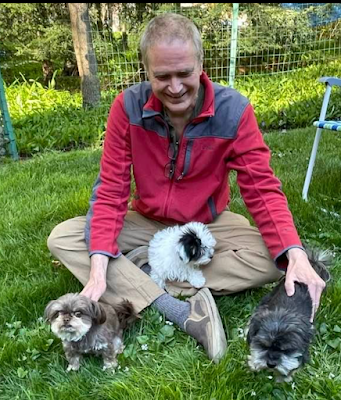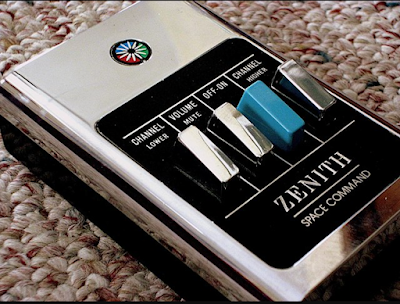I've never received a congratulatory message about the 99% of exhibits in a project that are working wonderfully and that visitors are enthusiastically enjoying.
Instead, understandably, people (whether they are visitors or clients) want to tell you about things that aren't working.
Continually focusing on the things that need to be fixed can sometimes cause us to miss the bigger picture -- all the many, many parts of a project that ARE working.
So how can we hold these two aspects of our creative working lives -- the things that need to be tinkered with or improved, as well as all the cool things we've accomplished -- in a helpful balance, or at least a sort of peaceful coexistence?
I'll offer two ways of thinking about this creative tension between improvement and accomplishment:
1) SNAPSHOT VERSUS MOVIE
If you had to graph a creative lull or a tricky part of a project, it might look something like this:
And at that particular moment in time, it might feel awful -- even hopeless. You might even feel like quitting. And that's the "snapshot." A moment in time.
When you are in that snapshot moment, it can be hard to have the proper perspective on the path of a project, which, often, if you take a moment to step back or evaluate afterward, looks more like this:
Let's be honest, there
are crappy movies. And maybe your project is one of those "
Rotten Tomatoes." Or maybe the scene you're in right now just needs to be rewritten or reworked a little bit. You might need to force yourself to step out of the snapshot to find out.
2) LOOKING BACK TO MOVE FORWARD
A retired school superintendent named George was one of my all-time favorite Board Members, and he would often remind us of something during tense meetings when we would be talking (or arguing!) about things that needed to be improved in, or added to, our museum.
George would say, "Yes, these are things we need to improve or programs we need to add, but let's stop and take a look back at some of the things we have accomplished in the past few months, or the past year. What can we take away from looking at how we made those things happen?"
It was a very wise strategy because it shifted the focus from the often contentious present and the uncertain future. We would be reminded that in the past few months or past year, we had actually accomplished a lot of positive things together. And that we could add and improve more new things together if we used our past experiences to guide us forward.
Years later, I realized that George's approach was very much in the spirit of
Sankofa.
As mentioned in this
Wikipedia article about
Sankofa, the notion of "looking back to move forward," is used by the Akan people of Ghana. They often use an
adinkra symbol, of a bird with its head turned backward to symbolically capture an egg depicted above its back, to represent the same concept. It symbolizes taking from the past what is good and bringing it into the present to make positive progress.
So, as we come to the end of another year, I hope you will be able to see not just snapshots but also movies. I also hope you will be able to look back at 2023 to move forward with learnings for the New Year and beyond.
P.S. You know that tricky project you finished this year? It is AWESOME!
Don't miss out on any ExhibiTricks posts! It's easy to get updates via email or your favorite news reader. Just click the
"Sign up for Free ExhibiTricks Blog Updates" link on the upper right side of the blog.
Paul Orselli writes the posts on ExhibiTricks. Paul likes to combine interesting people, ideas, and materials to make exhibits (and entire museums!) with his company
POW! (Paul Orselli Workshop, Inc.) Let's work on a project together!
If you enjoy the blog, you can help keep it free to read and free from ads by supporting ExhibiTricks through our
PayPal "Tip Jar"













































